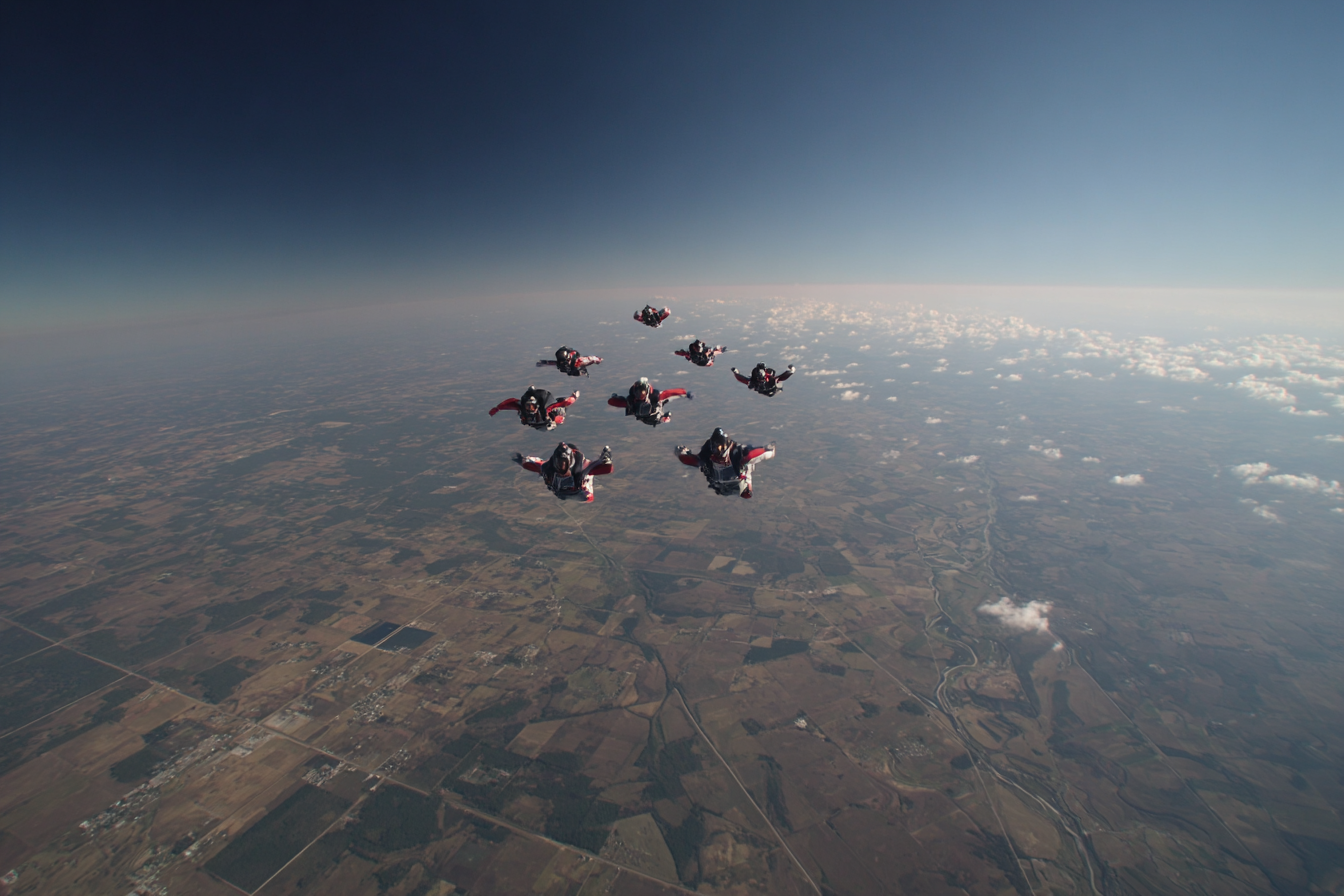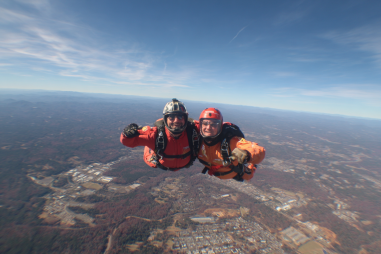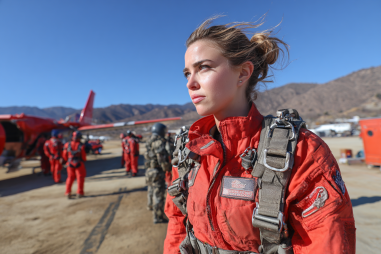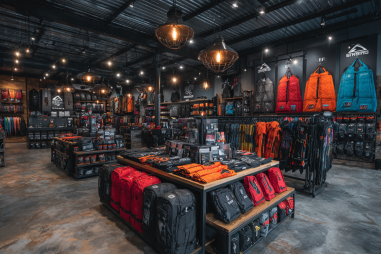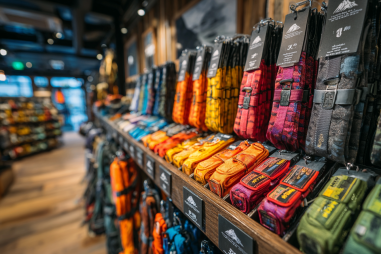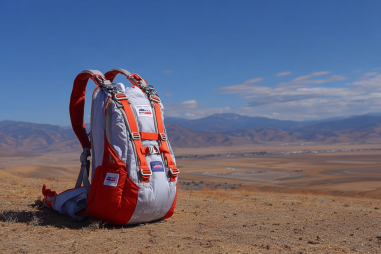Skydiving competitions offer a thrilling arena where skill, speed, and precision are tested against the elements and the clock. These contests bring together skydivers from around the world, eager to push their limits and showcase their abilities in various specialized disciplines. Whether you are a curious beginner or an experienced jumper looking to enter the competitive scene, understanding the different types of skydiving competitions can open doors to new challenges and excitement in the sky.
Formation Skydiving Competitions
Formation skydiving, often considered the classic style of competition, involves teams of skydivers creating predetermined geometric patterns while in freefall. These formations are precisely choreographed and require excellent coordination, timing, and body control. Teams usually make multiple jumps during a competition round, with each jump focusing on a specific sequence of formations to be completed within a set time frame.
The core of formation skydiving competitions is speed and accuracy—teams want to build each formation as quickly and cleanly as possible to rack up points. Judges on the ground often watch live video feeds or record the jumps for detailed scoring. Successful formation skydiving depends heavily on teamwork, communication, and practice, as the slightest misalignment can disrupt the entire sequence. This discipline can include 4-way, 8-way, or even larger teams, each category offering its own unique challenges and dynamics.
Canopy Piloting and Accuracy Landing Contests
Beyond the freefall excitement, canopy piloting tests a skydiver’s skill under the parachute. Canopy piloting competitions emphasize control, precision, and agility during the canopy flight phase. These contests often include different events such as speed, distance, and accuracy.
Accuracy landing contests are a common form of canopy competition where participants must land as close as possible to a designated target, often just a few centimeters wide. This precision requires understanding wind conditions, parachute handling, and timing the flare to perfection. Canopy piloting also challenges jumpers to maneuver through tight courses or perform high-speed landings with pinpoint accuracy.
Speed Skydiving Races
For those who thrive on pure velocity, speed skydiving competitions are the ultimate test of how fast you can plummet through the air. In speed skydiving events, competitors aim to reach the highest possible terminal velocity during freefall. The race against time and gravity is measured using GPS and speed sensors to determine who falls the fastest over a specific distance.
Unlike other disciplines where formation or control matters more than speed, here the focus is on optimizing body position to reduce air resistance and maximize velocity. While this might seem straightforward, maintaining stability at extreme speeds requires intense concentration and experience. Speed skydiving demands excellent physical conditioning and mental fortitude to handle the intense forces experienced during freefall.
Freeflying and Freestyle Events
Freeflying refers to a dynamic and creative form of skydiving that includes a wide range of body orientations like head-down, sit-flying, and back-flying. Freefly competitions evaluate skydivers on their ability to perform complex maneuvers and transitions through these various positions, blending artistry with technical skill. Judges often score based on fluidity, difficulty, and execution.
Freestyle skydiving is a closely related discipline where competitors perform choreographed routines featuring flips, spins, and other acrobatics, all set to music in some cases during exhibition contests. This discipline embraces both the athletic and expressive sides of skydiving, rewarding creativity and grace alongside technical mastery.
Both freeflying and freestyle push the boundaries of what can be done in freefall, attracting jumpers eager to explore non-traditional forms and bring a performance element to the sport.
Equipment Regulations in Competitions
Every type of skydiving competition comes with its own set of equipment regulations designed to ensure fairness and safety. Most competitions require that jumpers use parachutes and gear that meet specific standards verified by governing bodies. For example, formation skydiving teams must have gear configurations that allow quick access to cut-aways and emergency procedures, while speed skydiving equipment might be more streamlined for aerodynamic efficiency.
Additionally, the use of instrumentation such as altimeters, GPS devices, and cameras is often regulated. Many competitions mandate calibrated and sealed devices to prevent tampering or unfair advantages. Regular equipment inspections and certifications are common parts of competition preparation, reinforcing safety as the top priority.
How to Prepare for Competitive Skydiving
Getting ready for a skydiving competition requires much more than just logging jumps. It involves physical training, mental preparation, and specialized practice tailored to the competition’s demands. Here are some general tips for aspiring competitive skydivers:
- Train consistently: Focus on the discipline you want to compete in and build muscle memory through repeated practice jumps.
- Work with coaches: Experienced instructors can give invaluable feedback, help refine techniques, and simulate competition scenarios.
- Maintain peak fitness: Cardiovascular conditioning and strength training help with stability, endurance, and controlling your body in freefall or under canopy.
- Analyze video footage: Reviewing jump recordings enables you to identify errors and improve your performance systematically.
- Get familiar with rules: Study the competition rules and scoring criteria carefully so you know exactly what judges are looking for.
- Prepare mentally: Learn to manage stress and stay focused under pressure through visualization techniques and mindfulness.
Preparation is key to performing confidently and safely, allowing you to fully enjoy the thrill of competition.
Global Skydiving Competitions and Federations
Skydiving is an international sport with competitions hosted worldwide, from local meets to prestigious events attracting top athletes globally. The International Parachuting Commission (IPC), part of the Fédération Aéronautique Internationale (FAI), serves as the global governing body overseeing competition rules and sanctioning world championships.
Major competitions include the World Skydiving Championships, organized every few years with categories for formation skydiving, canopy piloting, freestyle, and more. There are also continental and national championships organized through respective skydiving associations. These federations promote sport growth, maintain standards, and provide platforms for athletes to compete at every skill level.
Participating in recognized competitions can not only elevate your jumping skills but also connect you with the lively community of skydivers worldwide.
Taking Your Next Leap: Getting Involved in Competitive Skydiving
Whether your dream is to form perfect geometric patterns in the sky, race faster than the wind, or execute breathtaking aerial acrobatics, there’s a skydiving competition discipline for you. Getting involved starts with choosing the discipline that excites you the most and building your skills through dedicated training and mentorship.
Competitive skydiving is more than just a test of skill; it’s an opportunity to meet passionate skydivers, travel to amazing drop zones, and push the boundaries of human flight. By understanding the dynamics of different competitions and preparing thoughtfully, you can take your skydiving experience to a whole new altitude of fun and achievement.

